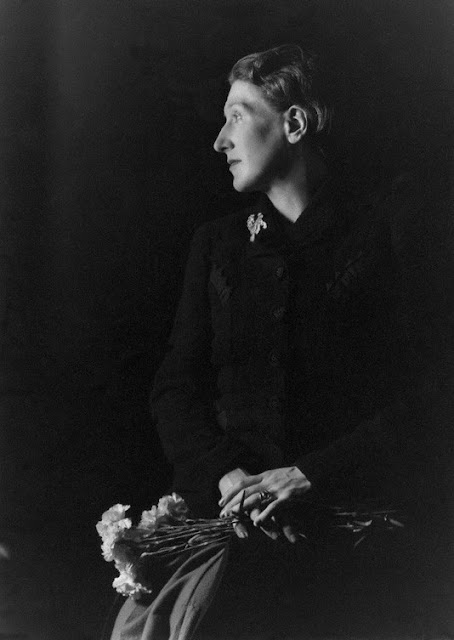There are writers that we carry around with us for some reason. Maybe we read their books at an impressionable time in our lives, or maybe something about the way they lived their lives resonated with us. Whatever it is, we find ourselves picking up biographies and memoirs about them as well as copies of their works. Without realizing it, we have been collecting their entire body of work. This is what has happened to me with Elizabeth Bowen. When I saw this beautiful photo, I realized that I have always been fond of her and actually have most of her books, even though I have only read a couple of them and do not know very much about her life. She was an elegant and intelligent woman who wrote many acclaimed novels and short stories. She was born in 1899 and died in 1973. She is the author of The Death of the Heart, a book I read many years ago and admired for its subtlety, psychological insight, and story of a young girl searching for her place in the world. Some of her other books are The Last September, The Heat of the Day, and The House in Paris. She spent the last decade of her life teaching at several different American universities, including Bryn Mahr. She was highly regarded as one of the best living writers at the time. Can you imagine being one of her students? I love this picture of her at Bryn Mahr.
Photo via here
"As far a I am concerned, a great deal of the meaning seems to have gone out of the world. She illuminated everything, and one referred the most trivial things to her in one's thoughts. To have been allowed to know her and love her is a great thing."
Random House/Anchor Books edition of "The Death of the Heart"
Cecil Beaton's photo of Elizabeth Bowen conveys her inner beauty and gives her a place in the sun. Obviously her published writing has memorialized her talent, but how many of us knew about her beauty, the way it is captured in this photograph?
Here is the opening of "The Death of the Heart," a book many people consider her best:
"That morning's ice, no more than a brittle film, had cracked and was now floating in segments. These tapped together, or parting, left channels of dark water, down which swans in slow indignation swam. The island stood in frozen woody brown dusk: it was now between three and four in the afternoon. A sort of breath from the clay, from the city outside the park, condensing, made the air unclear; through this, the trees round the lake soared frigidly up. Bronze cold of January bound the sky and the landscape; the sky was shut to the sun -- but the swans, the rims of the ice, the pallid withdrawn Regency terraces had an unnatural burnish, as though cold were light. There is something momentous about the height of winter. Steps rang on the bridges, and along the black walks. This weather had set in; it would freeze harder tonight."








